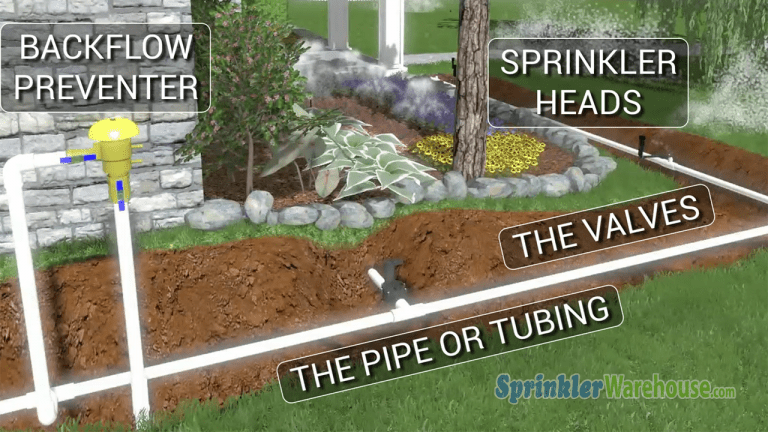How To Remove Unwanted Weeds From Your Lawn
This article discusses what type of weeds could be growing in your yard as well as how to remove them. We must learn to either prevent or take care of weeds accurately. Also, you must realize that a weed is any growth that doesn’t belong. This could even include other grasses that disrupt the uniform look of your lawn. One preventative route is to make sure that your lawn has been seeded with grass appropriate for the soil and water conditions where you live. Otherwise, weeds more in tune with the natural surroundings, such as drought-resistant weeds in areas prone to insufficient rainfall, will move in and take over. Once weeds establish a foothold, they will snatch up the available water and nutrients, thereby extending their domain. Shop for fertilizer and weed control at the Sprinkler Warehouse.
Two Basic Weeds:
- Annuals and perennials
- Grassy and broadleaf
These distinctions are important because to fight weeds, you must first determine which type of weed is attacking your lawn. This information will help you know how to prevent and control any weeds that you find lurking in your yard. Annuals These are weeds that can live for up to twelve months and can be further broken down into summer and winter annuals.
Ways To Fight Annual Weeds:
- Mowing at a high setting
- Halting germination
Since most weeds reproduce through seeds, an effective control method is to keep them from germinating in the first place. Or you can use a pre-emergence herbicide. However, once the weed begins to grow, this herbicide will be ineffective. Here are some examples of annual weeds and how to spot and control them.
Examples Of Annual Weeds And How To Control Them:
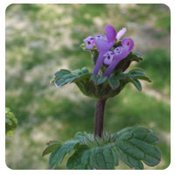
Henbit Control: apply pre-emergence herbicide in fall before plant goes to seed

Chickweed Control: use pre-emergence herbicide in late summer when nights cool
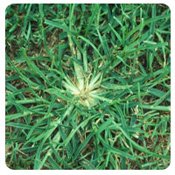
Goosegrass Control: non-selective herbicide will kill roots, remove clump after one week
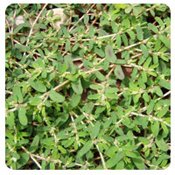
Prostrate Spurge Control: pull by hand, wearing gloves due to irritant in milky white sap Perennials Perennials are weeds that last for at least three seasons. They reproduce through seeds and root runners, so preventing germination is not as effective. Unfortunately, the measures you take to control perennial weeds will also affect your lawn grasses.
Common Perennial Weeds:
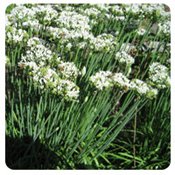
Wild Onion & Garlic Control: If this type of weed is growing in your lawn then digging not effective. Instead use broad leaf, perennial herbicide
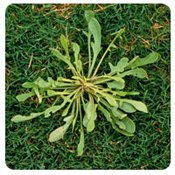
Red Sorrel Control: post-emergence, broad leaf herbicide – don’t mow days before or after
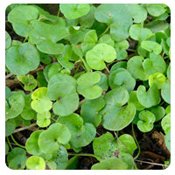
Dichondra Control: If this type of weed is growing in your lawn, use both pre-emergence and post-emergence broad leaf herbicides Tall Fescue Control: spot-treat with only herbicide for non-professionals glyphosate Grassy & Broad Leaf When categorizing by plant structure, the two divisions are grassy and broad leaf weeds. Remember, the reason why it is beneficial to identify the category of your troublesome weeds is because very often weeds within the same group can be dealt with in the same way. Grassy Weeds
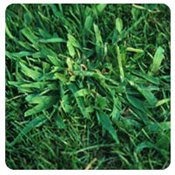
Crabgrass Control: use a pre-emergent herbicide in late winter or early spring
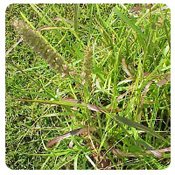
Sandbur Control: apply pre-emergence herbicide, spot-treat plants or remove by hand
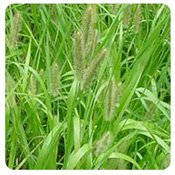
Foxtail Control: can be controlled by pulling or use of a pre-emergent herbicide
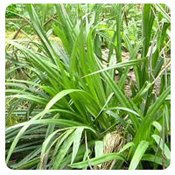
Sedge Control: completely dig out patches and all tubers – don’t over treat lawn Broad Leaf Weeds Broad leaf weeds are some of the most commonly found. They are also some of the most persistent. Many broad leaf plants are originally introduced as ground covers, since they can thrive in an assortment of adverse conditions, but are switched to the weed category when they encroach on the lawn area. You will probably recognize some of these broad leaf weeds.
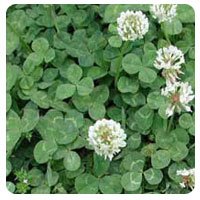
White Clover Control: use a pre-emergent herbicide in late winter or early spring
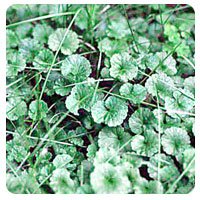
Ground Ivy Control: apply pre-emergence herbicide, spot-treat plants or remove by hand

Thistle Control: can be controlled by pulling or use of a pre-emergent herbicide
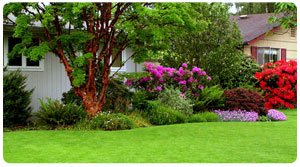
The thing to remember is that if you leave weeds alone they can actually starve and steal the moisture from your lawn. Weeds are definitely lawn bullies. Although you can turn your back on your lawn for long periods of time, weeds will creep in as the health of your lawn diminishes. As long as your lawn is nice and healthy, it can give the weeds a run for their money. But the fighting can also reduce your lawn’s strength.
If you are reluctant to use herbicides, realize that a home owner’s practices can do much to prevent weed infestation. You can monitor the water supply and apply fertilizer to create optimal growing conditions for your lawn grass.
Even mowing practices can help or hinder the growth of weeds. Mowing often and at the appropriate height is an effective method of weed control. Another non-chemical solution is to simply pull or dig up the offending weeds by hand. Of course, this is much easier to do when you are only besieged by a few weeds.
Whatever weed issues you have, there is a solution. Some situations will require more persistence than others, but in time, your efforts will pay off. Who knows, maybe someday we will see the invention of weed-free grass. Related Topics:
























